Peperomia Graveolens Tissue Culture
$7.11
Peperomia Graveolens is the common species of ornamental plant in the botanical family Piperaceae. It is indigenous to Ecuador. The genus Peperomia has over 900 scientific names, and it is the only genus of the family that contains three subspecies. There are seven known species in the genus, all of which grow on flood plains or forest edges around low-lying areas. They are related to the ornamental grasses, Solanaceae, and the flowering plants, Solanaceae.
Out of stock
SKU: PEPGRA800105T
Category: Tissue culture
Peperomia Graveolens Uses:-
- Peperomia Graveolens, also known as Pennyroyal, is a medicinal plant native to Brazil. This succulent perennial has been a staple crop for the locals for centuries. It is rich in vitamin C and vitamin B6, as well as essential fatty acids. It is rich in antioxidants like quercetin and allicin, which have proven beneficial for reducing blood clots and plaque buildup. This also helps prevent heart disease.
- Peperomia Graveolens can be used as an ornamental grass in coastal areas of the Amazon rainforest. In addition to its beauty, it can help improve circulation. It can even strengthen bones and organs, preventing conditions such as kidney stones, osteoporosis, and osteoarthritis. Its anti-inflammatory and vasodilative properties can help reduce swelling and pain resulting from arthritis and rheumatoid arthritis. It can also help reduce cholesterol levels.
- This remarkable plant also helps prevent arteriosclerosis. As it is high in potassium and magnesium, it helps prevent the hardening of artery walls. It also helps prevent blood clots, plaque buildup, and thrombosis (blood clotting) in arteries. It also helps prevent inflammation of blood vessels caused by stress and infection. It helps relieve cough, asthma, and bronchitis.
- Peperomia Graveolens also helps reduce stress and anxiety, which is why it is commonly prescribed to pregnant women. The herb also helps relieve depression. It helps decrease liver enzymes and stimulates the production of Adrenalin. These herbs help reduce gastrointestinal problems, including diarrhoea, vomiting, constipation, and cramping.
- This plant also helps prevent ulcers. It reduces inflammation and is a good anti-inflammatory; it also reduces sunburn and reduces the risk of cataracts. The herb also increases blood flow and relieves varicose veins.
Peperomia Graveolens Health Benefits:-
- Peperomia Graveolens contains many substances that are beneficial to the human body. These include saponins (chemical compounds), flavonoids, phenols, terpenoids, terpinen-4-ol, procyanidins, quercetin, quercitrin, tannic acid, resveratrol, silymarin, hesperetin, and other substances. Some of these substances may cause side effects when they are taken at high doses or for prolonged periods. This is why it is recommended to speak with a qualified homeopathic physician or homoeopathic herbalist before you take any of the health benefits of peperomia Graveolens.
- Some common side effects may include headache, nausea, bloating, or upset stomach. These symptoms usually subside after a few days of taking the herb. If you suffer from anxiety, vomiting, or stomach cramps, talk to your doctor before you take the herb. You may want to reduce the amount of time you take the herb or take the herb with a full glass of water instead of fresh fruit.
- There are several other beneficial qualities of the herb that you may want to consider. One of the most popular benefits of the plant is its effect on blood sugar levels. It can help lower blood sugar levels because it acts as an insulin secretor. It also has diuretic properties. This means that it can help relieve constipation by helping to empty the bowels, which can lead to regular and easy bowel movement.
- When you are interested in taking the benefits of peperomia Graveolens plant, you need to make sure that it is taken according to the manufacturer’s directions. If you are pregnant or nursing, do not take this type of herb. You may also want to talk to your physician if you have any underlying medical conditions. While these benefits of peperomia Graveolens plant are very beneficial, they should not be used in conjunction with chemotherapy or radiation therapy for cancer or heart disease.
Peperomia Graveolens Properties:-
- In its natural habitat, the Peperomia Graveolens plants grow up to fifteen feet tall and are woody. The plant flowers and hangs from trees in clusters. There are some differences in the types of Graveolens that are available, depending upon where the plants grow. Some of the most commonly grown varieties in landscaping and container gardens are listed below.
- If you live in a colder climate, the Peperomia Graveolens plants do well if they are planted along with other taller shrubs and bushes. Be sure to water the plants well after the initial pruning. Because the leaves drop off in the fall, you will need to water the plants more often in the winter months. When you prune the plants in spring and summer, you will only need to water a couple of times a week.
- Be careful with the type of pot that you use when reporting this plant. If you are planning to repot this plant, it is a good idea to use a heavy clay pot. Clay pots are less likely to break or chip when being transferred than plastic or metal pots. When you are purchasing a pot, you should look for one that has good drainage holes. The leaves on the plant can become entangled in the drainage hole, causing new growth that will not reach its full potential. If you find the pots that do not have drainage holes, be sure to buy a pot with good drainage holes.
- Repotting this succulent takes time and patience, and you should not expect to immediately see the results that you are looking for. Be patient with your plant and give it plenty of time to recover from being cut back. Cut the new piece of growth at a 45-degree angle and press down gently to rest your succulent. Once you have repotted your plant, be sure to water it regularly until the soil is moist enough to support the new growth. Watering is not essential but it does help to keep the plants looking healthy and vibrant.
- Once your plants have fully recovered, you can repot them at any time, but not every two weeks as is the normal routine for most succulents. When repotting them, try to keep the same light and moisture levels that were found when they were growing. Watering your plants will keep them healthy and will keep their appearance fresh. Many people believe that giving their plants too much water encourages root growth that will result in larger and healthier plants. However, most succulents have very efficient draining roots and will not grow much larger than they were before you started watering them.
- If you are having trouble getting your plants to bloom, don’t be afraid to use a cutting blade to carefully prune your Graveolens. The best way to do this is to start with only one or two cuttings. Once you have mastered the art of making cuttings, you can create larger and more complicated cuttings. You can store the cuttings in a sealed jar and add just a little water if you wish to re-pot your plant. If you plan on planting your own Peperomia Graveolens, be sure to follow the instructions on the box, as some of them will require that you follow the same procedure as if you were planting indoor plants.
Be the first to review “Peperomia Graveolens Tissue Culture” Cancel reply
Related products
Tissue culture
$4.50
Tissue culture
$6.87
Tissue culture
$9.33
Tissue culture
$9.33
Tissue culture
$9.33
Tissue culture
$7.53
Tissue culture
$9.33
Tissue culture
$7.74

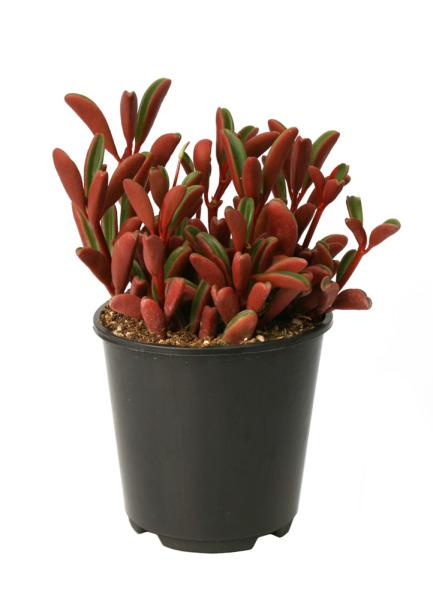


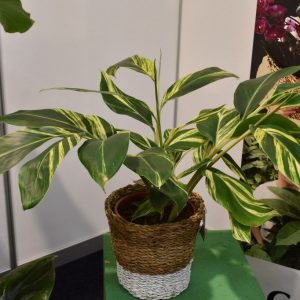
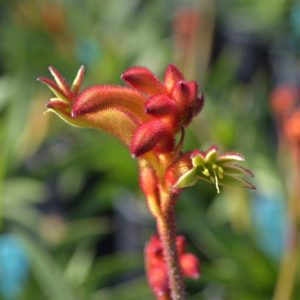
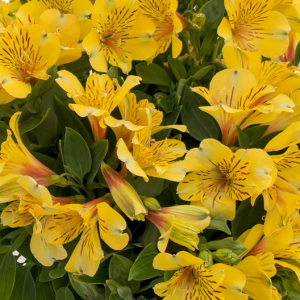
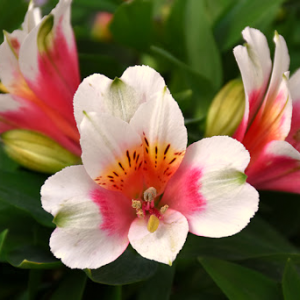
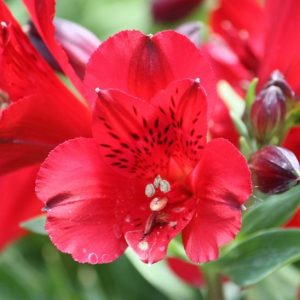
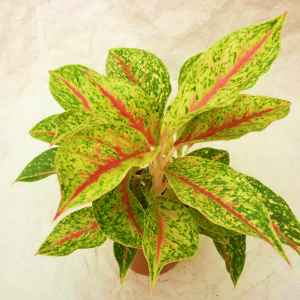
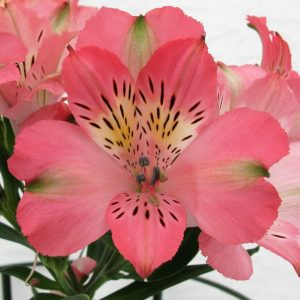
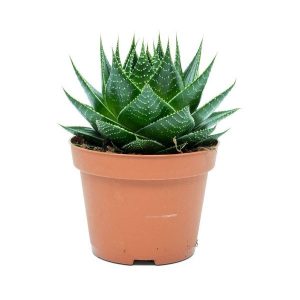
Reviews
There are no reviews yet.